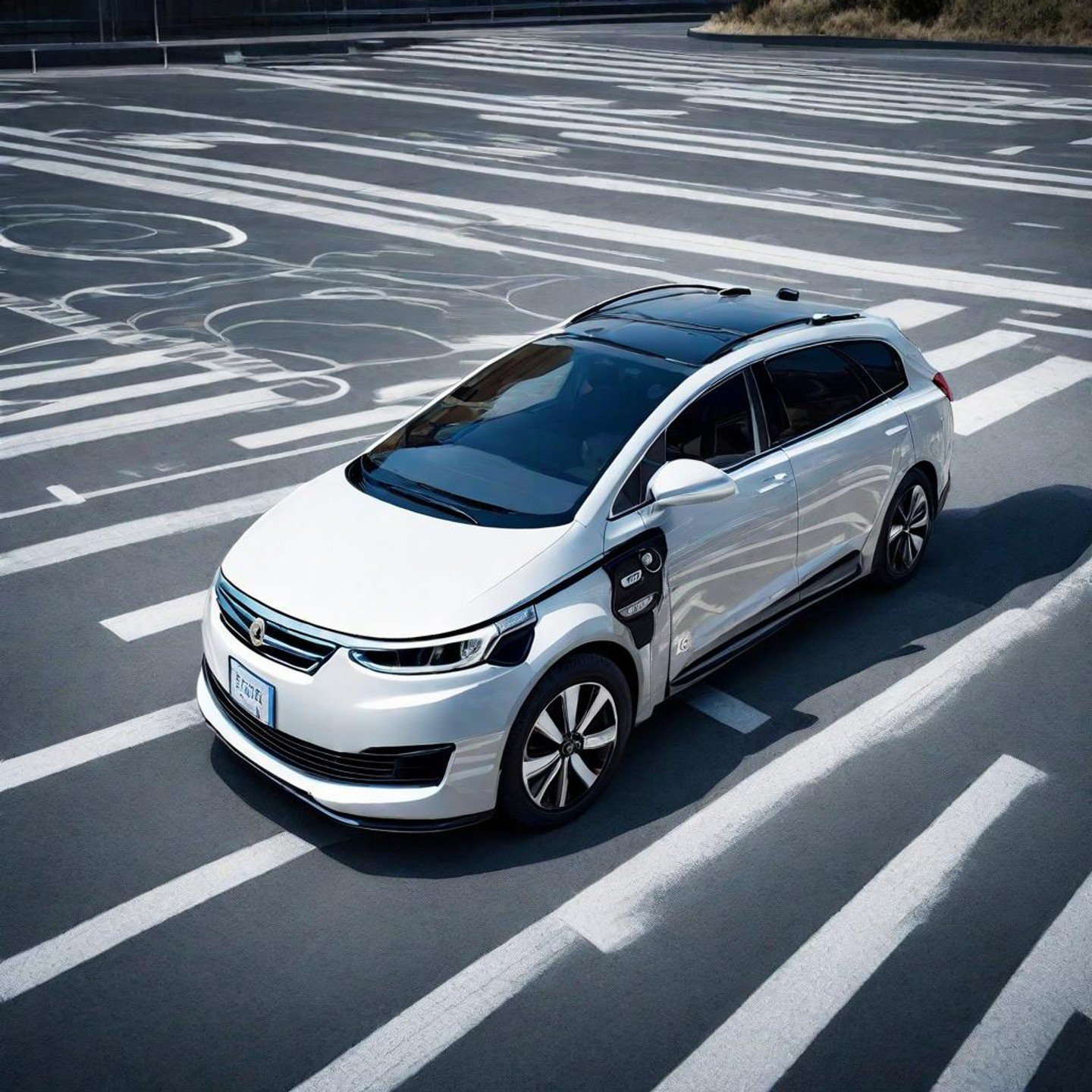In the ever-evolving landscape of the automotive industry, one of the most captivating and transformative areas is autonomous vehicles. The race towards self-driving technology has gained incredible momentum, with major players pushing boundaries and regulators working tirelessly to keep pace. In this blog post, we’ll delve into the latest updates on autonomous vehicle testing and the regulatory landscape that shapes this revolutionary journey.
- Advancements in Autonomous Technology: As technology continues to advance, major automotive companies are making significant strides in the development of autonomous vehicles. From improved sensors and perception systems to enhanced artificial intelligence algorithms, the quest for safer and more efficient self-driving capabilities is relentless.
- Global Testing Grounds: Autonomous vehicle testing is not limited to Silicon Valley. Countries around the world are creating designated testing zones, allowing companies to assess their vehicles under various driving conditions. From the bustling streets of urban environments to challenging rural terrains, these testing grounds play a crucial role in refining autonomous systems.
- Safety Challenges and Solutions: As autonomous vehicles inch closer to reality, addressing safety concerns becomes paramount. This section explores the challenges posed by unpredictable human behavior, adverse weather conditions, and the quest for fail-safe mechanisms that ensure the safety of passengers and other road users.
- Regulatory Developments in the United States: The United States, being a key player in autonomous vehicle development, has been actively shaping the regulatory landscape. Updates from the National Highway Traffic Safety Administration (NHTSA) and other regulatory bodies will be discussed, shedding light on the legal framework governing autonomous vehicle testing.
- International Perspectives: A holistic view of global regulatory developments will be presented, showcasing how different countries are approaching the challenges posed by self-driving technology. A comparative analysis will highlight common trends and variations in regulatory strategies.
- Public Perception and Acceptance: Autonomous vehicles not only need to meet regulatory standards but also gain public trust. Understanding the societal and ethical aspects of self-driving cars is crucial for widespread acceptance. This section explores public sentiment, potential hurdles, and strategies to foster trust in autonomous technology.
- Collaborations and Partnerships: The complex nature of autonomous vehicle development has prompted collaborations between automakers, tech companies, and regulators. Insights into strategic partnerships and joint ventures will be discussed, showcasing how industry players are pooling resources to navigate the intricate challenges.
- Future Outlook: Concluding the blog post, we’ll peer into the future of autonomous vehicles. Anticipated regulatory changes, technological breakthroughs, and the potential societal impact will be explored, providing readers with a glimpse of what lies ahead in the autonomous driving revolution.
Conclusion: As autonomous vehicle testing and regulatory developments continue to shape the automotive industry, staying informed is key. This comprehensive blog post on MyMuster.com aims to be your go-to source for insights into the latest advancements, challenges, and future possibilities in the dynamic realm of self-driving technology. Strap in as we navigate the road ahead together!




Leave a Comment